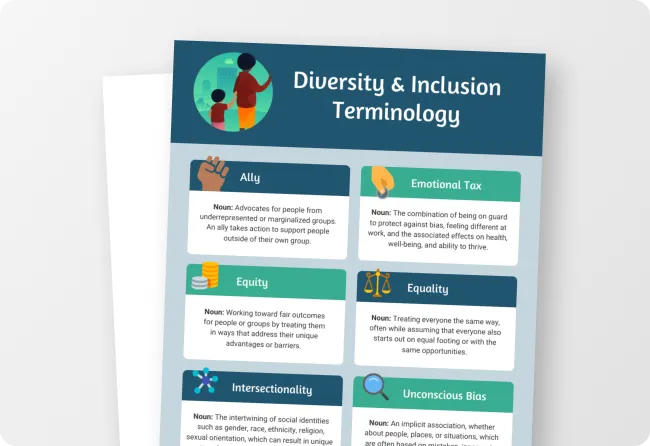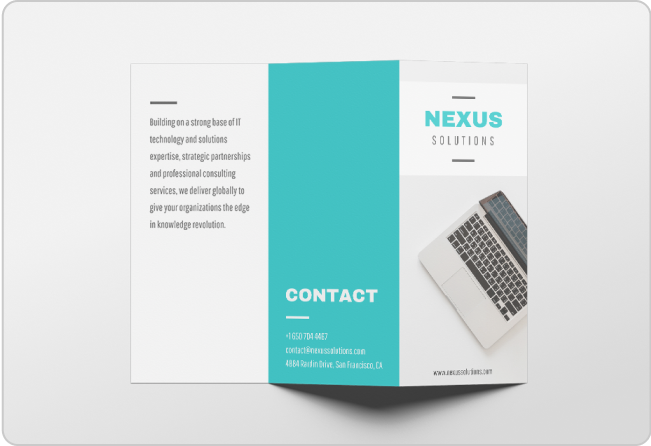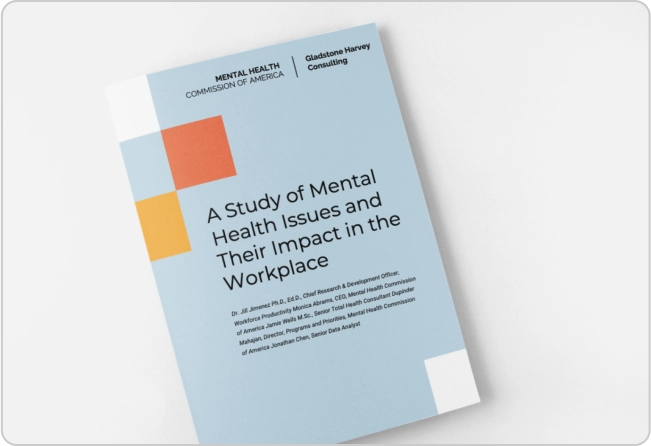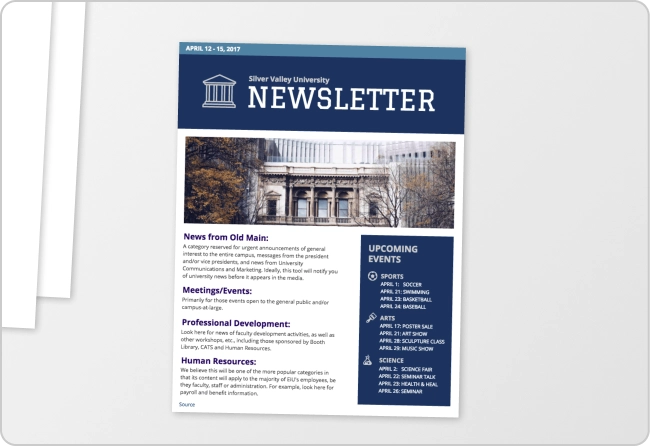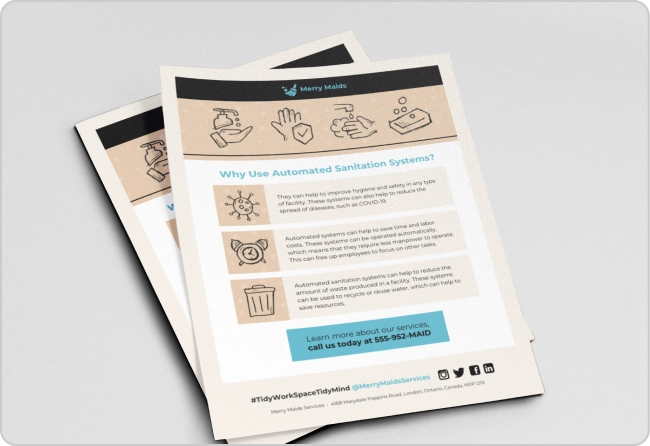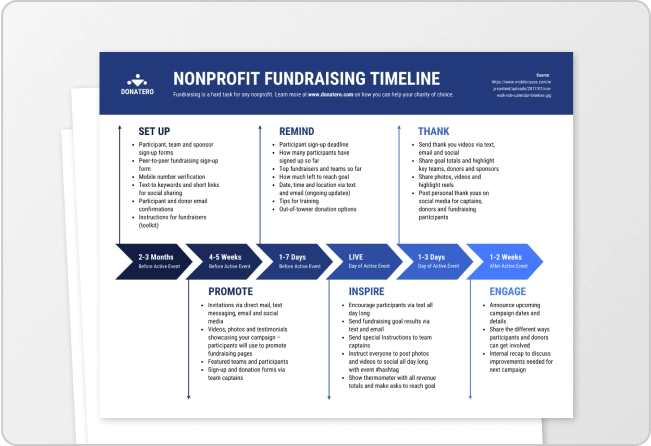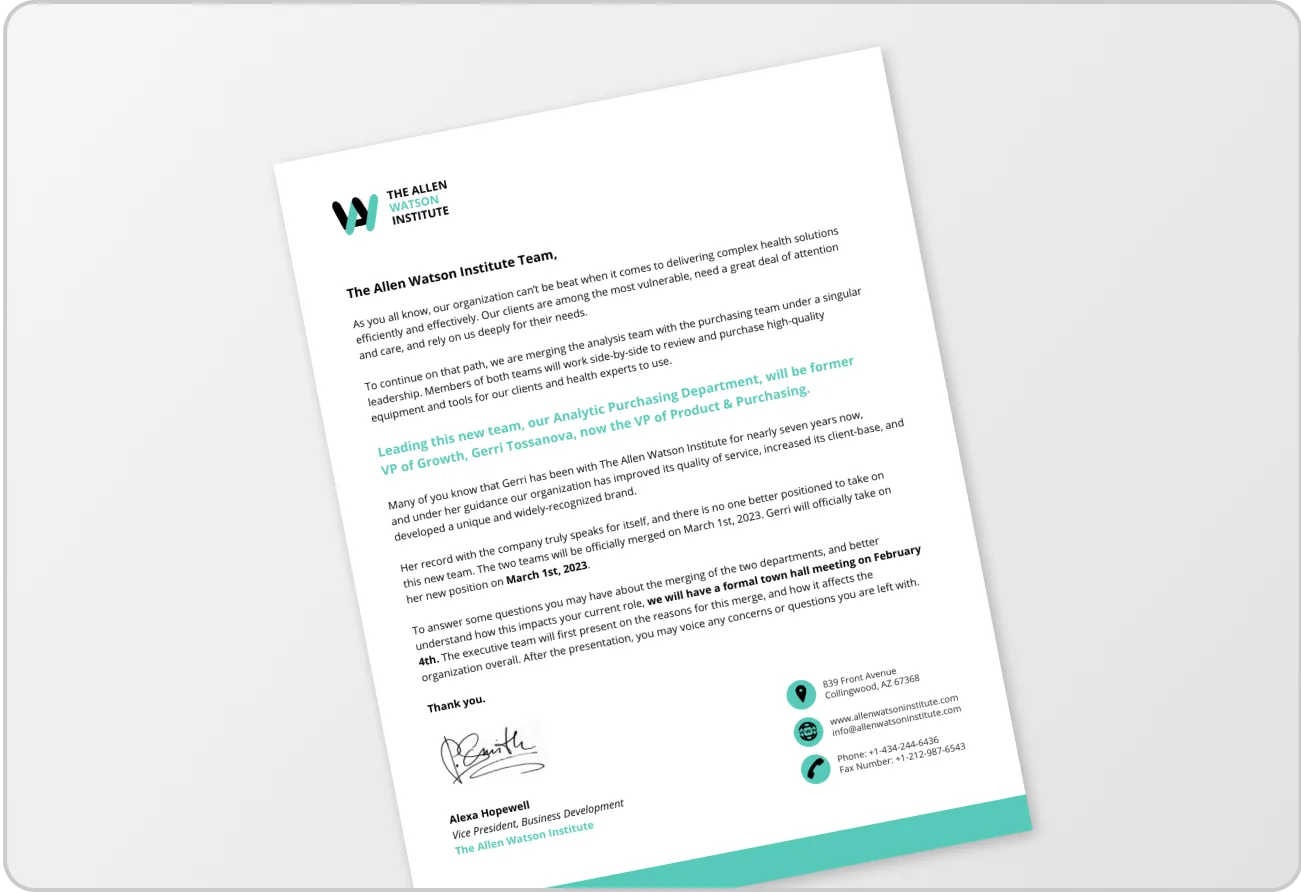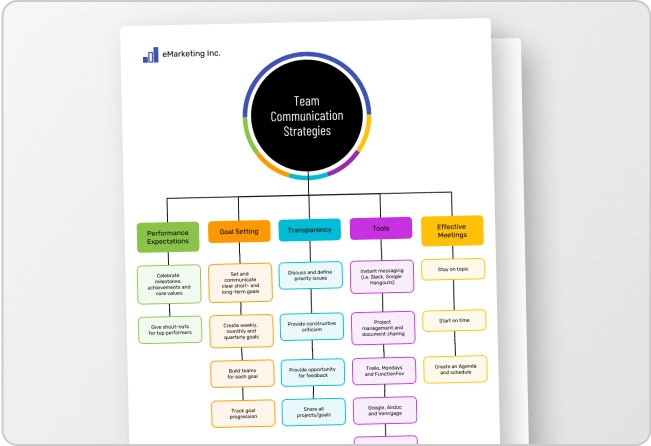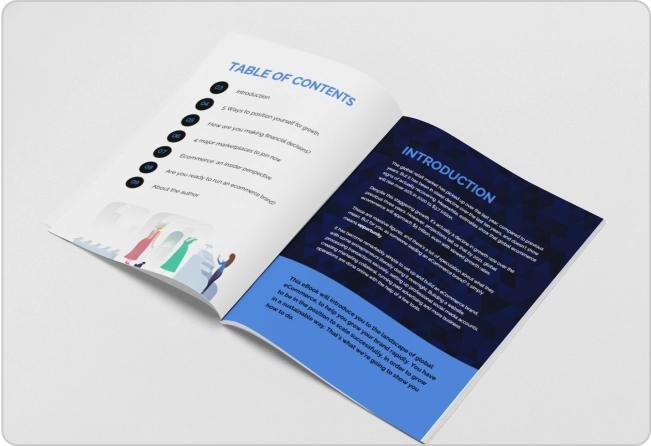
Every innovation has its arc — and ChatGPT is no exception. What started as a chatbot to write content and answer your questions has become a versatile assistant.
Like other professionals, marketers, too, were wary of using ChatGPT initially, and rightly so. “Can a tool suggest creative campaign ideas or create personalized content?”
But the hesitation didn’t last. Now, marketers are pushing the limits of ChatGPT for ideation, social media planning, audience research and even customer engagement. Basically, ChatGPT acts as your creative assistant and helps automate the gruntwork.
If you’re also looking to integrate ChatGPT into your marketing workflow, this guide will walk you through practical, real-world ways to do just that.
What is ChatGPT and how can it help in marketing?
ChatGPT is a conversational AI tool developed by OpenAI. It’s a natural language processing model that generates human-like text based on input prompts.
Here are some ways it can help in marketing:
- AI-driven content creation: It can generate blog posts, social media content, email newsletters, case studies, etc.
- Marketing strategy and planning: You can use ChatGPT to identify customer personas, create content calendars and brainstorm marketing campaign ideas.
- Personalization and efficiency: ChatGPT can create personalized content quickly and efficiently, automating repetitive tasks like content drafting and customer queries.
Benefits of using ChatGPT for marketing
Before we get into the use cases, let’s understand why you need ChatGPT for marketing:
- Saves time and improves efficiency: You can automate content creation, customer interaction, email campaign generation and other tasks with ChatGPT. This saves time and allows you to focus more on strategy.
- Reduces business costs: Without AI, your team would need to do everything manually. I am talking about creating campaigns, analyzing customer data, creating personalized responses, etc. This requires a large team. However, ChatGPT automates most of these tasks, reducing the need for hiring additional team members for basic content tasks.
- Enhances scalability: ChatGPT allows businesses of any size to scale up their marketing efforts. It can produce a high volume of content across various platforms (social media, websites, emails).
- Facilitates personalization: ChatGPT can tailor content for different audience segments, creating highly personalized marketing messages for customers at various touchpoints.
Now, let’s discuss in detail how ChatGPT can improve your marketing workflow.
ChatGPT to enhance content creation
Good writing takes time. Thinking through ideas, turning them into words, rewriting them until they sound right — it’s a process. But sometimes we don’t even get to that part. We’re stuck staring at a blinking cursor, wondering how to begin.
That’s where ChatGPT makes a real difference. Instead of starting from scratch, you can use it to create a rough draft and refine it.
Here are a few practical ways to use ChatGPT for AI content creation:
- Write persuasive sales copy: Generate pitch variations, compelling landing page intros and cold outreach scripts tailored to different buyer personas.
- Find stronger word choices: Get sharper synonyms, tone-specific alternatives, or even tweak a sentence to sound more confident or empathetic.
- Improve transitions and flow: Make your paragraphs feel like a conversation instead of disjointed ideas.
- Add relevant examples: Ask ChatGPT to insert real-world analogies, industry-specific case snippets, or user scenarios.
- Refine tone and voice: Paste a writing sample and prompt it to mimic your brand’s tone — whether that’s bold, witty, or straight-up conversational.
- Rewrite for clarity: Break down complex points, simplify explanations, or reword technical content for broader audiences.
- Craft compelling CTAs: Create action-driven, context-specific calls to action for blog posts, emails, or landing pages.
- Build blog briefs: Generate SEO-friendly outlines with suggested H2s, angle options and related keyword prompts.
- Repurpose existing content: Turn long-form content into LinkedIn posts, email blurbs, or short-form video scripts.
- Personalize at scale: Create email copy or product descriptions tailored to different audience segments.
Personally, I use it to improve my newsletter copy, come up with fresh blog topics and create briefs.
⚠️ Caveat: Don’t expect quality output from a lousy prompt.
Writing “create a blog post on 8 ways to improve customer engagement” will give you generic content.
You need to use specific prompts for fresh ideas and unique angles. Here’s a sample prompt by Neil Patel to get better results from ChatGPT.
Please do customer research for the [insert your industry, and ideally, it should be at least two words] industry. Tell me 10 questions and 10 problems that [insert a description of your ideal customer] face. Please place the results in a table. The Y-axis should be labeled 1 through 10, and the X-axis should be labeled “Questions” and “Problems.”
Need help with content creation? Here are some handy ChatGPT marketing prompts you can use.
Related: How To Create Infographics Using ChatGPT
ChatGPT for customer engagement and lead generation
ChatGPT is a powerful tool to learn more about your customers and engage with them meaningfully. Here’s how you can use it:
Identify customers’ pain points
Use ChatGPT to analyze reviews, support tickets, or survey responses to understand common customer frustrations. Then turn those insights into landing page copy, ad hooks, or lead magnets that directly address those problems.
Result: Attract leads who already feel seen and understood.

Try this ChatGPT prompt for customer interaction!
Your task is to conduct in-depth research on a specific Ideal Customer Profile (ICP) and gain a comprehensive understanding of their main problems and emotions in their work life. Imagine that you will transform into this ICP and live their life for the next 20 years, with the sole purpose of researching and immersing yourself in their experiences.
Your response should provide a detailed analysis of the main challenges, issues, and emotions that this ICP faces in their work life. Focus on capturing their key pain points, frustrations, and aspirations. Consider factors such as their job responsibilities, industry, work environment, relationships with colleagues, career growth opportunities, work-life balance, and any other relevant aspects.
(Insert ICP description here)
Learn customers’ preferences
You can ask ChatGPT to analyze the kind of content your customers engage with (videos, blogs, infographics), their preferred channels (email, LinkedIn, SMS, WhatsApp, etc.) and the tone they like (formal, playful, technical). Tailor outreach (e.g., send infographic guides via LinkedIn, or video demos via email) based on your customer’s content and channel preferences,
Result: Find what content your customers prefer and get higher open rates, clicks and conversions.
Understand customers’ goals and motivations
ChatGPT can help you brainstorm resources aligned with customer goals, like templates, checklists, or industry benchmarks.
Result: Offer something valuable to your customers.

Analyze feedback and sentiment
You can use ChatGPT to analyze what your customers are saying in reviews, surveys, social media, or support chats. Learn what words they use to describe your product or their problem.
Result: Refine messaging to sound more human, relatable and credible.
Summarize engagement history
You can feed customer data into ChatGPT to group leads by behavior—those who engage regularly vs. cold leads. Using Generative Engine Optimization ChatGPT can analyze what campaigns or posts your target audience has previously responded to..
Result: Create tailored follow-ups that match where they are in the journey.
A business owner explained on Reddit how they use ChatGPT to respond to customer reviews.
Another Reddit user integrates ChatGPT with sales tools for lead generation.

Let’s see some more use cases of ChatGPT for lead generation:
- Automating customer support: ChatGPT can act as a smart, always-on customer support assistant. You can train it to handle FAQs, resolve basic queries and even walk users through product features — all in real time. Instead of waiting several minutes for a human rep, your leads get instant answers, which keeps them engaged and less likely to bounce.
- Lead qualification: You can train ChatGPT to act like a digital concierge, asking visitors qualifying questions such as: “What brings you here today?” “What industry are you in?” “What’s your biggest challenge with [problem area]?” This helps you collect email addresses, preferences and behavioral signals without friction — and pass on high-quality leads to your sales team.
- Personalizing customer journeys: Based on past interactions, it can personalize messages, offer tailored product recommendations, or remind users of previous interests. For example, a returning visitor might see: “Welcome back! Would you like to pick up where you left off on your ebook download?”
Example: Intercom built a ChatGPT-powered chatbot called Fin for customer service. It analyzes customers’ queries, finds relevant information from the help center and provides personalized responses to improve customer engagement.
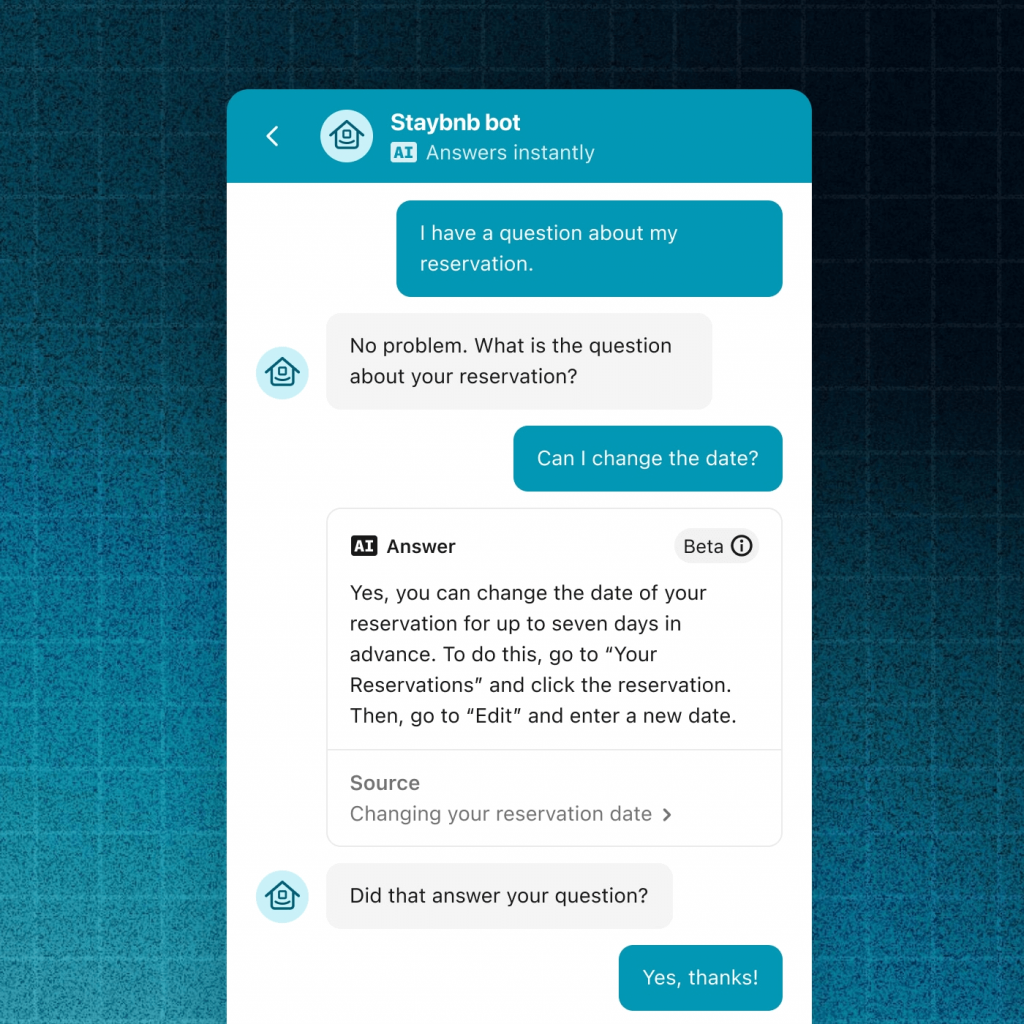
ChatGPT for data-driven marketing insights
You can set up marketing metrics, build dashboards and run reports, but if you’re not pulling the right insights or acting on them, it’s just noise.
That’s where ChatGPT can step in as a smart assistant that helps you make sense of the numbers.
You can feed it survey results, ad campaign metrics, customer feedback, or email performance data. Then, ask it to summarize patterns, identify what’s working and even suggest next steps.
Let’s see some examples of ChatGPT in action.
Data analysis
I prompted ChatGPT to analyze where we are losing customers in the marketing funnel and suggest improvements to fix it. Here’s what I got.

Here’s another example of ad campaign analysis by ChatGPT.

Trend analysis
Paste in raw campaign data (from Google Ads, email platforms, etc.) and ask ChatGPT to highlight trends, top-performing assets, or areas of concern.
Automated reporting
Once ChatGPT has analyzed your data, ask it to generate a marketing report. The report should include the findings based on the current marketing strategy and provide recommendations to improve marketing efforts.

Best practices for integrating ChatGPT into your marketing strategy
While ChatGPT is a great assistant, it is still a tool. It can’t understand your brand or learn about your customers unless you guide it. You need to use it wisely and strategically to get the best results.
Consider taking ChatGPT courses that can help you better understand its capabilities and limitations, ensuring you’re using it effectively.
Here are a few tips on integrating ChatGPT into your marketing strategy.
- Define clear use cases: Be specific about what you’re using ChatGPT for — and what you’re not. Use it for idea generation, first drafts, A/B test variants, or simplifying complex messages. But avoid using it for the final copy without editing, or for highly sensitive brand communication without oversight.
- Integrate ChatGPT with different marketing tools: Connect it with platforms you already use, like CRM, email tools, or content systems. For example, marketers use Zapier to connect ChatGPT with HubSpot to auto-generate email responses based on lead activity. You can also pull data from Google Sheets into ChatGPT (via plugins or third-party tools) to create campaign summaries or draft follow-ups.
- Experiment with different channels: Test ChatGPT in different parts of your funnel — from writing Google Ads, to summarizing webinar transcripts for blog posts, to generating social media content from case studies. Each channel will reveal different strengths. On LinkedIn, for instance, you might use it to rewrite posts with stronger hooks. For email, it could help you test subject lines in different tones.
Potential challenges of using ChatGPT for marketing
Is ChatGPT good? Yes. But do you need to rely on it completely? Not really. While it does help with creative ideas and marketing automation, it can miss out on insights, especially with basic prompts.
Loss of human touch
If every email, reply, or message starts sounding too polished or robotic, people will notice.
Excessive reliance on AI can strip away the warmth and nuance that make customer interactions feel real, which is the core challenge of making AI writing sound more human. The fix? Use ChatGPT to support your communication and not to replace it. Automate the repetitive stuff, but let humans handle moments that need empathy, context, or emotion.
Content quality control
Readers can spot ChatGPT content from a mile away. The repetitive sentence structure, generic phrasing like “in the ever-evolving digital landscape,” and polished-sounding fluff that says nothing — all dead giveaways.
That’s not what people want. They’re looking for real insights, not AI-generated filler. That’s why brands still need human editors to shape, refine and bring a human voice to what ChatGPT creates.
Data privacy
Using ChatGPT with sensitive data? Tread carefully. Avoid feeding it personally identifiable information (PII) or proprietary data without secure systems in place. Make sure your AI use complies with privacy regulations like GDPR or CCPA — especially if you’re using third-party marketing tools or plugins.
Future of ChatGPT in marketing
- Shopping recommendations (Personal AI Stylists): ChatGPT will power intelligent shopping assistants that give real-time product suggestions based on user preferences, behavior, and past interactions — across websites, emails, and even messaging apps.
- Dynamic landing pages: Instead of one static landing page, websites will use ChatGPT to generate tailored landing pages on the fly. This will involve adapting messaging, testimonials, and product features to match the visitor’s intent, segment, or referral source.
- Real-time customer conversations at scale: Brands will deploy ChatGPT-powered agents that can engage users across the entire funnel — from awareness to post-purchase support — creating a seamless blend of marketing and customer service.
- Automated UGC (User-Generated Content) amplification: AI will help identify, summarize, and repurpose user-generated content (like reviews or social posts) into testimonials, email snippets, or ad copy, matched to different customer personas.
- Multilingual, hyper-localized campaigns: ChatGPT will help marketers launch region-specific content in dozens of languages and not just translations, but culturally aware campaigns created in real time without needing a local copy team.
- Always-On A/B/N testing and optimization: Instead of manually setting up A/B tests, ChatGPT will continuously test variations of headlines, CTAs, and messaging, auto-generating and optimizing based on live user feedback.
Try ChatGPT for marketing
Marketing today requires you to be on your toes. Ideate, experiment and analyze is the new drill. ChatGPT helps manage the load. It helps you draft campaigns, test new angles, pull insights from data, and free up your time to focus on what truly matters — building meaningful connections and creative solutions for your audience. However, as marketing trends evolve, you need to keep experimenting with ChatGPT to get the best results.































